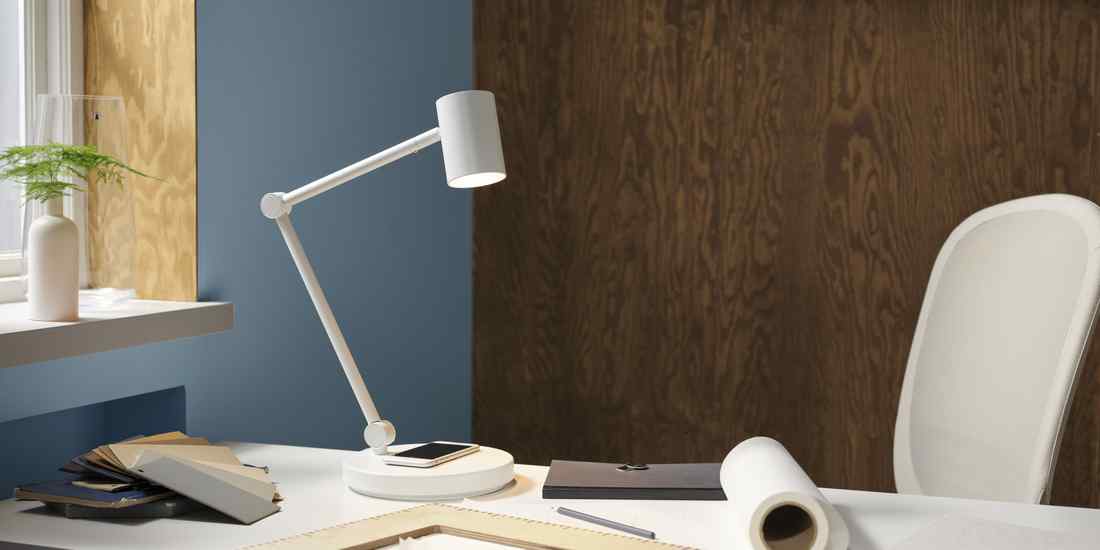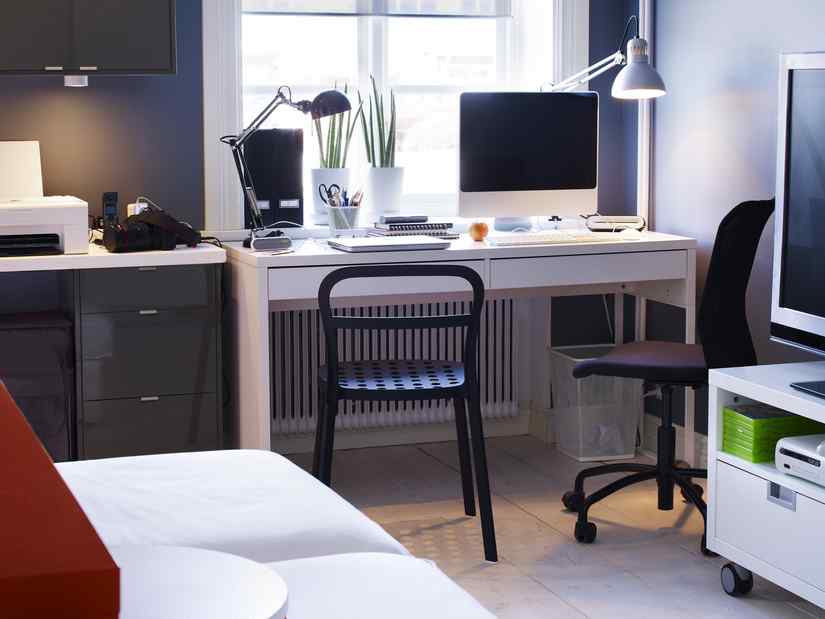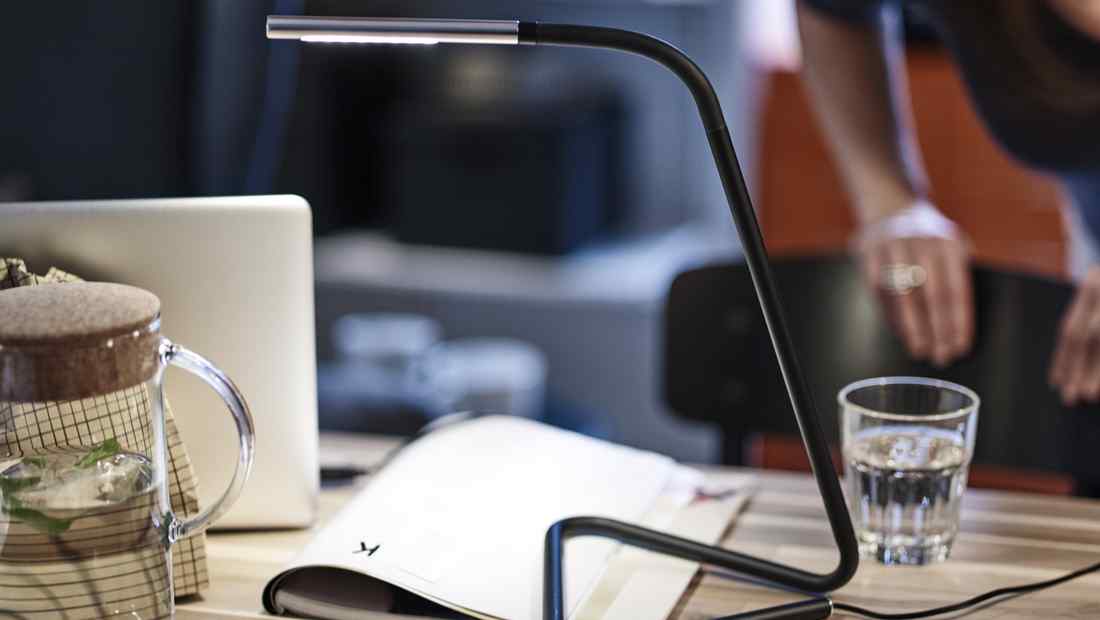Arranging lighting in the workspace requires careful planning. First, identify areas in the workspace that need special lighting, such as the desk, bookshelves, and reading areas. Ensure each area receives adequate lighting according to its function.
Second, use lamps with adjustable light intensity. This allows you to adjust the brightness level according to your needs and time of day. For example, you might need brighter light in the morning and dimmer light at night to create a more relaxed atmosphere.
Utilizing Modern Lighting Technology
Technological advancements have brought many innovations in lighting. One of the latest technologies is LED lighting, which is more energy-efficient and has a longer lifespan compared to incandescent or fluorescent lights.
LED lights are also available in various color temperatures and light intensities, allowing you to choose what best suits your workspace. Additionally, smart lighting technology enables you to control lights via smartphone apps or voice assistants.
You can adjust the intensity and color of the light, and set automatic lighting schedules as needed. This provides extra flexibility and convenience in creating an optimal work environment.
Adequate workspace lighting is one of the crucial factors that can support work productivity. By choosing and arranging the right lighting, you can create a comfortable, healthy, and productivity-boosting work environment.
Don't forget to complement your workspace windows with
Vertical blinds from IKEA. Not only do they enhance the workspace aesthetics, but this IKEA product also allows easy and practical control of natural light intensity entering the work area.


